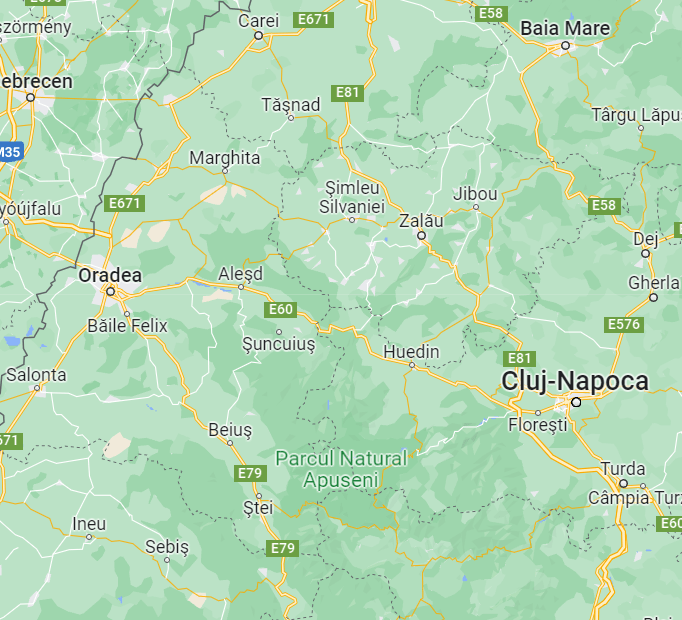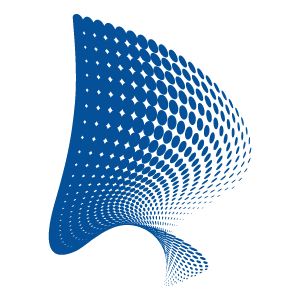-

- Approaches
New territories, new working relationships, new colleagues in Oradea
June 30, 2022Creating good working relationships with colleagues across Romania The pandemic is over, we hope forever, but at least we can resume our lives [...]
-

- Approaches
Garanti BBVA (Amsterdam) and Yonder – 5 year SAFe and SCRUM partnership
May 31, 2022A partnership for the back office OutSystems solutions of the bank Program Increment (PI) and Stabilization Innovation Planning (SIP) We have [...]
-
- Approaches
City of Amsterdam is using iBurgerzaken in the Cloud
October 4, 2021iBurgerzaken, the municipal software solution As many of you know, a key strategy for a success story between TSS companies is a partnership [...]
-

- Approaches
How to set up a team for your complex software modernization
March 10, 2021How do you set up your team for success in new initiatives or modernizations? Regardless of whether you embark on a new initiative or complex [...]
-
- Approaches
Five rules for a successful collaboration
November 25, 2020Blueriq and Yonder have worked successfully together for many years. Two teams in different countries work closely together while each has its [...]
-
- Approaches
A five-step guide for creating modern digital solutions
October 27, 2020The time for modern digital solutions The Digital Revolution We currently live in the Digital Revolution, which has brought us [...]
-
- Approaches
Increase the adoption rate through continuous product discovery
October 15, 2020Continuous product discovery increases the adoption rate for new features and products. During the last decades, continuous integration [...]
-
- Approaches
Working on the New Normal or New Reality
September 16, 2020From a temporary to a new normal phase Early this year, we all thought that this state would be a temporary situation, but as time passed, we [...]
-
- Approaches
Knowledge Management to improve your customer retention
September 8, 2020Like many of you these days, I am listening to podcasts and attending webinars so that I can learn from others, gain new perspectives, [...]
-
- Approaches
6 Tips on working from home
April 29, 2020In the late nineties, I had worked for Yonder (then called Nethrom) in Cluj, followed by the mandatory army service and a few years with a [...]









